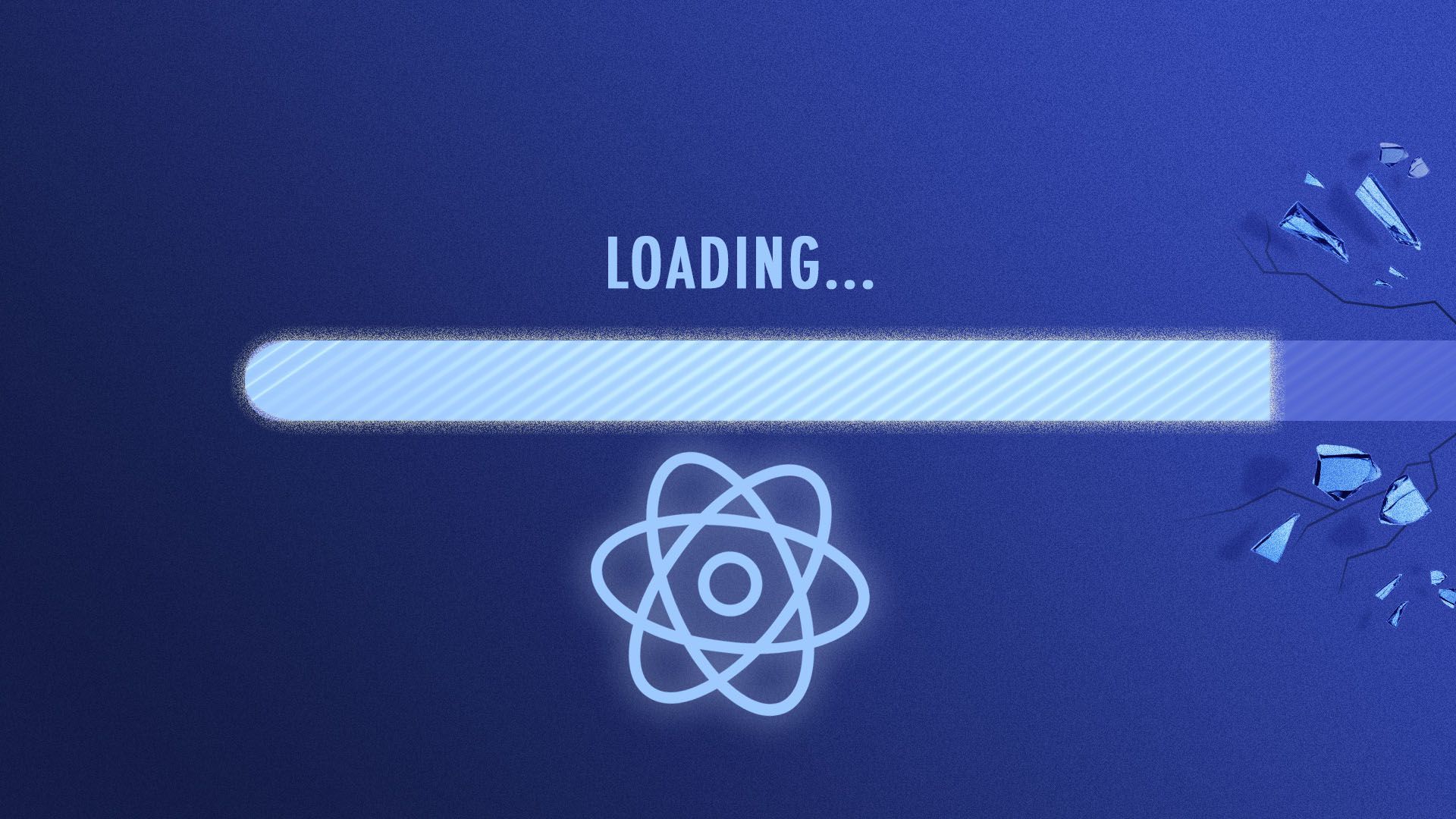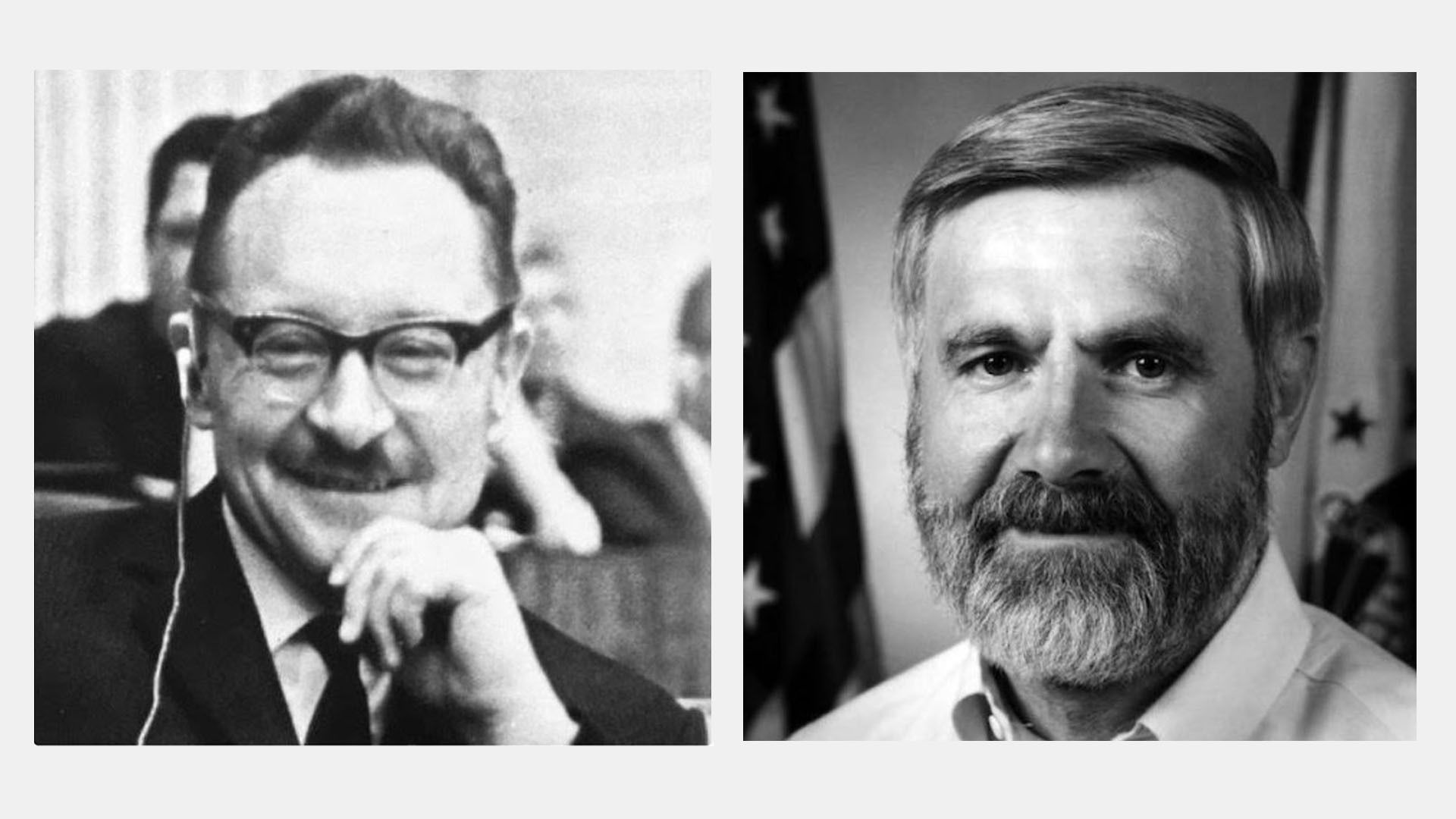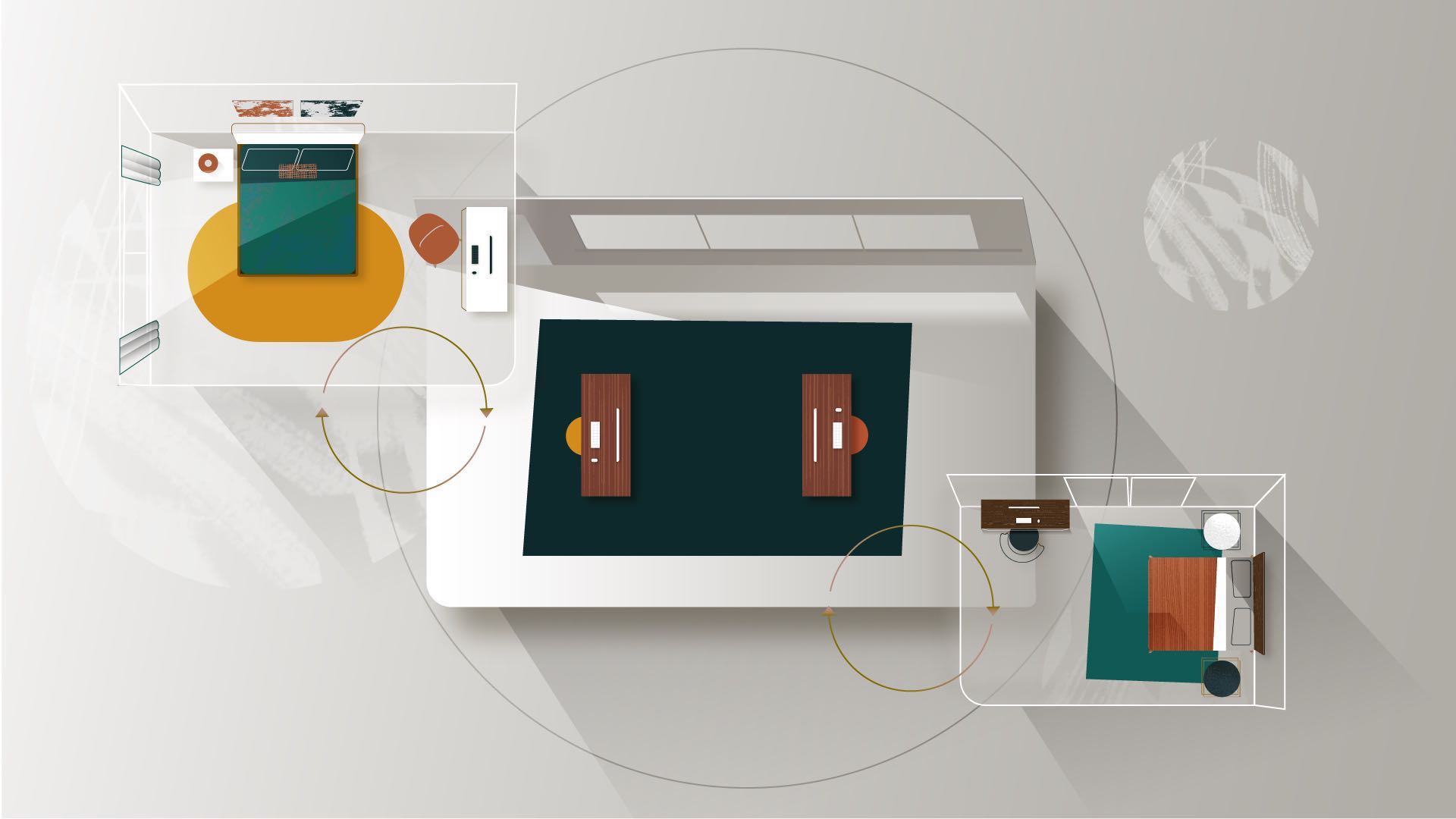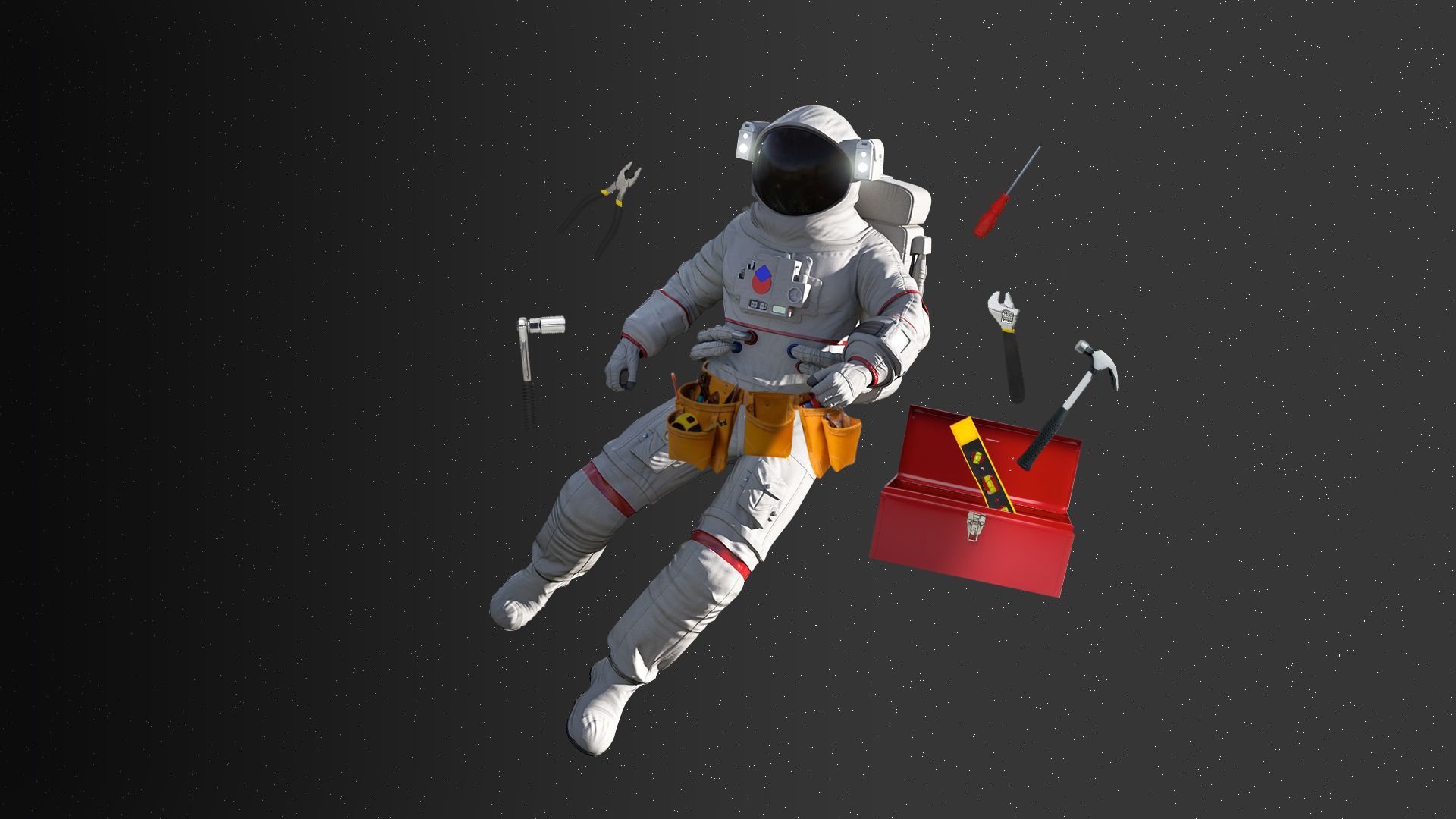| | | | | | | Presented By WeWork | | | | Axios Future | | By Bryan Walsh ·Dec 09, 2020 | | Welcome to Axios Future, where I appreciate the subscribers who wrote in to check on me when the newsletter went dark the past two weeks. Situational awareness: On Thursday at 1pm ET, I'll be hosting a discussion with partners from the VC firm Playground Global on tech in the decade ahead. Register here. Today's Smart Brevity count: 1,814 words or about 7 minutes | | | | | | 1 big thing: Quantum computing's growing advantage |  | | | Illustration: Sarah Grillo/Axios | | | | Quantum computing is taking its first steps from the lab to the real world. Why it matters: The modern world has been built on the back of extraordinary advances in computing power, but as that progress slows, quantum computers could take up the baton, bringing computing into a new era — and providing massive rewards to the companies and countries that lead the way. Driving the news: In a paper published in Science last week, a team of researchers in China harnessed the mysterious workings of quantum mechanics to perform computations in minutes that would have taken billions of years using conventional machines. - The research — which used photonic quantum computers, a different approach than many others in the field — represents what the team claims is the first definitive demonstration of "quantum advantage," solving a problem that would have been essentially impossible with classical computers.
- "This is a wonderful demonstration of what you can do with this technology," says Christian Weedbrook, CEO of the quantum-computing startup Xanadu, which is working on building machines with a similar photonics-based foundation.
The catch: Last year a team from Google built a quantum computer that they claimed achieved "quantum supremacy," performing computations in minutes that would have taken the most powerful supercomputers 10,000 years. - But Google's claims have been contested by others in the quantum computing field, who argued that with a better algorithm, a classical supercomputer could have performed the computations faster than the company's quantum computer.
There are growing signs that the progress made in the lab on quantum computing is beginning to transfer into meaningful commercial products, especially in cloud computing. - Earlier this week, Xanadu announced a partnership with Amazon Web Services that will bring its open-source quantum software library PennyLane to the cloud computing giant, a sign of what Weedbrook calls "validation of the commercial applications for quantum."
- Today Cambridge Quantum Computing in the U.K. announced a $45 million financing round, the largest for any quantum software company this year.
What they're saying: "We know this stuff is going to happen in five to seven years, and now is the time to get these [quantum] platforms built and get ready for them," former Google CEO Eric Schmidt told my Axios colleague Kia Kokalitcheva at the Q2B20 conference this week. "It's going to be incredible when it happens." Details: The true power of quantum computing is in its superior ability to optimize and simulate some of the toughest problems in logistics and material sciences. - While classical computers are deterministic and operate serially — testing one possibility after another — quantum computers "operate probabilistically and simultaneously," noted BCG principal Matt Langione at Q2B20.
- "If you want to simulate the climate, fully error-corrected quantum computers could be wonderful," Michael Marthaler, the CEO of HQS Quantum Simulations, told me during a panel at Q2B20.
The intrigue: Quantum computing could be coming into its own at the very moment when Moore's Law — the long-running prediction that computer chips will steadily get more powerful — "will finally begin to degrade," as Schmidt said. What to watch: Commercial quantum computing is chiefly taking place in the cloud, in part because it's easier to build a few quantum computers that are accessible via the internet, rather than selling many separately, notes Weedbrook. - Major cloud platforms like AWS and Microsoft Azure are striking more deals with quantum computing players.
The bottom line: As both the hardware and the software improves, quantum will have the advantage in computing. |     | | | | | | 2. The unnatural world |  | | | Plastic bags wrap around trees along the Sindh River in India. Photo: Idrees Abbas/SOPA Images/LightRocket via Getty Images | | | | For the first time in history, human-made materials now likely outweigh all life on Earth. Why it matters: If true, it would mean the world had reached a crossover point where humankind's total footprint is heavier than the combined mass of natural life — and there's little indication that trend will change anytime soon. Driving the news: In a paper published today in Nature, researchers calculated the weight of roads, buildings and just about everything else humans manufacture currently to be about 1.1 trillion tons. - Living biomass like plants and animals comes in at approximately 1 trillion tons.
- And while the weight of human-made materials is doubling every 20 years, the weight of living biomass has halved since the dawn of the agricultural revolution 10,000 years ago.
- The researchers calculated human-made materials were just 3% of the weight of living biomass at the start of the 20th century.
What they're saying: "Some people think that humanity is just one species out of many, and that we're tiny and the world is huge," Ron Milo, a researcher at the Weizmann Institute of Science and a lead author on the paper, told TIME. - "But our impact is not tiny."
Be smart: The paper's results provide one more piece of evidence that the planet has entered what scientists call the Anthropocene. - That means human beings, more than any other species or natural process, are by far the dominant power on the planet.
The bottom line: As Spiderman's Uncle Ben could tell you, with great power comes great responsibility. It's up to humanity to use that power more wisely than we have in the past — if we want a future at all. |     | | | | | | 3. They helped save 200 million lives |  | | | Zhdanov, left, and Foege. Photo: Future of Life Institute | | | | The Future of Life Institute today gave its annual award to two doctors who were the key figures behind the eradication of smallpox. Why it matters: Smallpox was one of the deadliest diseases the world has ever known, killing an estimated 500 million people in the 20th century alone. The hard-fought campaign to eliminate it not only saved what Future of Life estimates is 200 million people, but also "showed the world that diseases can be defeated," as Bill Gates put it. What's happening: Each year the Future of Life Institute, a nonprofit research center in Boston that focuses on existential risk, recognizes unsung individuals who helped avert global catastrophe. - This year's winners, announced at an online ceremony, are Viktor Zhdanov and Bill Foege.
- Zhdanov served as the Soviet Union's deputy minister of health and pushed the WHO in 1958 to take up the campaign to eradicate smallpox.
- While serving as the chief of the CDC's Smallpox Eradication Program, Foege developed the surveillance and ring vaccination strategy that ultimately enabled the world to finally achieve eradication 41 years ago today.
What they're saying: "The eradication of smallpox is one achievement that we all look to," said Jennifer Doudna, one of the creators of CRISPR and a 2020 Nobel Prize winner, at the ceremony. "It couldn't be more relevant as we find ourselves in the middle of a global pandemic." Flashback: The first two winners of the Future of Life award are more obscure than Zhdanov and Foege, but arguably even more consequential. - 2017 winner Vasili Arkhipov, a Soviet naval officer, likely prevented global atomic war when he convinced his submarine captain not to fire a nuclear weapon during the heat of the Cuban Missile Crisis.
- 2018 winner Stanislav Petrov was a Soviet air defense officer who in 1983 ignored an early-warning detection system that mistakenly indicated that the U.S. had launched nuclear missiles at the Soviet Union, preventing Moscow from firing back.
The bottom line: Many of us are only alive today because of the heroic efforts of people like Zhdanov and Foege. |     | | | | | | A message from WeWork | | What to expect from the workspaces of the future | | |  | | | | Seventy-six percent of workers still see the office as a place where innovation happens, a Hamilton Place Strategies study finds. So, how can employers find solutions around distancing their workforce while offering a space that inspires people to do their best work? Peer into the future of work. | | | | | | 4. Manufacturing in space |  | | | Illustration: Aïda Amer/Axios | | | | Varda Space, a Southern California-based startup with plans to manufacture products in orbit, has raised $9 million in seed funding, my Axios colleague Kia Kokalitcheva writes. Why it matters: Researchers and manufacturers have long dreamed of outsourcing the manufacturing of specialized products to space. Varda Space's funding shows that investors may also be getting on board with that idea. Details: The company is not sharing much about what it plans to manufacture in space, but says that "super high-value and super sensitive materials" like semiconductors and pharmaceuticals are examples. - "We're the Foxconn of space," co-founder Delian Asparouhov (and a principal at Founders Fund) tells Axios to describe where in the manufacturing chain Varda aims to be.
- Manufacturing will be mostly automated to avoid the complications that humans add.
The big picture: The cost of launching payloads to orbit has been dramatically decreasing in recent years, making endeavors like orbital manufacturing seem economically feasible in the future. - Some companies working on in-space manufacturing right now are focusing on catering to government customers like NASA.
- Varda, however, doesn't plan to rely on space agencies as customers or operational partners, says Asparouhov. "NASA is a research organization and we are a commercial company."
Yes, but: Despite the advances in tech and decreases in costs, this is still a highly speculative bet. - It's still difficult to launch things into orbit, and it costs tens of millions of dollars, if not more.
|     | | | | | | 5. Worthy of your time | | 1956: Science and our times (J. Robert Oppenheimer — Bulletin of the Atomic Scientists) - On its 75th anniversary, the venerable magazine — and keeper of the Doomsday Clock — reprints an article by the head of the Manhattan Project about the power and peril of modern science.
What will happen to cities in 2021 (Derek Thompson — The Atlantic) - As the end of the pandemic slowly comes into view, a prediction that cities will bounce back — but they won't look like the places we lived in before we'd ever heard of COVID-19.
The giving apps: How Venmo and Cash App upended a century-old charity mode (Caitlin Dewey — OneZero) - Why the future of charitable giving comes at the touch of a button, and in doing so, comes to resemble the past.
How the pandemic is forcing managers to work harder (Economist) - Remote work may kill the commute, but executives will need to put in more effort to manage a distributed workforce.
|     | | | | | | 6. Building of the semiweek: University of Oregon's Knight Campus |  | | | The Knight Campus. Photo: Bruce Damonte | | | | The University of Oregon last week officially opened the first phase of its Phil and Penny Knight Campus for Accelerating Scientific Impact. Why it matters: The Knight Campus will be the centerpiece of what UO hopes will be a national and even global hub for biotechnology research at a moment when the field couldn't be hotter. What's happening: The 160,000-square-foot Knight Campus — made possible by a $500 million donation from UO alumnus and Nike founder Phil Knight and his wife Penny — was designed by New York-based Ennead Architects and Portland-based Bora Architects. - The exterior includes a skin of folding glass panels meant to emulate water falling over rock formations, which reduces the need for air conditioning, and a glass curtain wall system that folds into the courtyard and terrace.
- The lab space is light-bathed and double height, which will likely come as a welcome surprise to bioscience postdocs accustomed to toiling away in "dark science buildings," notes Bob Guldberg, vice-president of UO and the leader of the Knight Campus.
How it works: The campus is undoubtedly sustainable and gorgeous — you can take a virtual tour through this app, but its real value is the way the open design of the campus facilitates what Ennead's Todd Schliemann calls "productive collisions." - "The bottom floor is very public and wide open and invites the whole campus in," says Schliemann. "In the top floor, we've created transparency between all the people who work in the research environment."
The bottom line: At a moment when remote work is quickly becoming the norm, the Knight Campus is a visible reminder of the kind of creative collaboration that can best occur in a physical space designed to bring people together. |     | | | | | | A message from WeWork | | What employees really think about long-term work from home | | |  | | | | Ninety percent of office workers want to return to the office at least one day a week, a WeWork blind study finds. And 20% of this group wants to return 5 days a week. The reason: Collaboration is key. Without a shared space, workers are struggling to innovate. Find out what workers say they are missing. | | | | Thanks for reading. And apologies to Axios Capital author and amateur architectural critic Felix Salmon for stealing his building bit. | | | | Axios thanks our partners for supporting our newsletters.
Sponsorship has no influence on editorial content. Axios, 3100 Clarendon Blvd, Suite 1300, Arlington VA 22201 | | | You received this email because you signed up for newsletters from Axios.
Change your preferences or unsubscribe here. | | | Was this email forwarded to you?
Sign up now to get Axios in your inbox. | | | | Follow Axios on social media:    | | | | | |








No comments:
Post a Comment